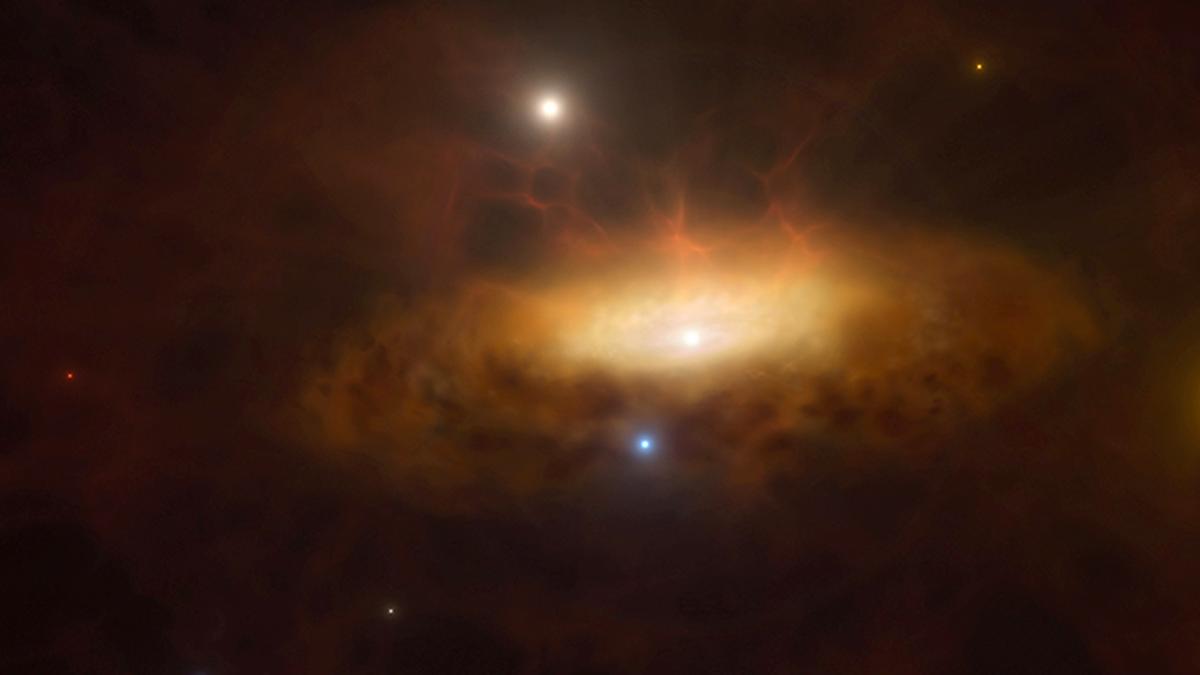
New measurements reveal the enormous halos shrouding all galaxies Premium
The Hindu
Scientists reveal the first detailed picture of the gas shroud around a galaxy, extending 100,000 light years out into “empty” space. If the Milky Way has a similar halo, it is likely already interacting with the halo of the nearest galactic neighbour, Andromeda
Have you ever wanted to make a $150,000 gamble? If you’re right, you open a new window to the universe. But if you’re wrong, you’ve just wasted a lot of money and time.
That is exactly what my team did when we pointed the Keck telescope at Mauna Kea Observatory in Hawai’i at what looked like empty space, hoping to reveal the hidden gas that shrouds all galaxies in the universe. There were cheers in the control room when we realised our gamble had paid off.
In a study published today in Nature Astronomy, we reveal the first detailed picture of the gas shroud around a galaxy, extending 100,000 light years out into “empty” space. If our own Milky Way has a similar halo, it is likely already interacting with the halo of our nearest galactic neighbour, Andromeda.
Most of the matter in the universe is not in the bright stars that make up the spectacular images of galaxies we see. For one thing, galaxies are surrounded by dark matter – which astronomers believe is some kind of exotic invisible particle.
But even most of the normal matter is not in stars. Instead, it is in gigantic clouds of gas that surround galaxies.
We believe these halos around galaxies contain as much as 70–90% of the universe’s normal matter (mostly consisting of hydrogen, helium, carbon, nitrogen and oxygen gas).
Understanding this diffuse gas – which is where all the stars and planets we see had their beginnings – helps us understand more about our own story, on the grandest scales.

 Run 3 Space | Play Space Running Game
Run 3 Space | Play Space Running Game Traffic Jam 3D | Online Racing Game
Traffic Jam 3D | Online Racing Game Duck Hunt | Play Old Classic Game
Duck Hunt | Play Old Classic Game




